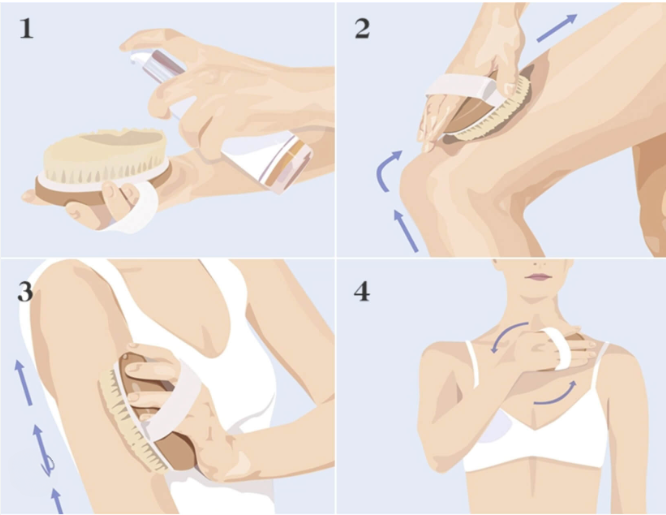8:00 a.m -6:00 p.m
-
-
-
RMZ Ecoworld, Bellandur, Outer Ring Road
8:00 a.m -6:00 p.m
RMZ Ecoworld, Bellandur, Outer Ring Road
A gentle kind of massage therapy is lymphatic drainage. The lymphatic system functions better when the lymphatic drainage system is massaged. Toxins and waste products of metabolism are transported from the body by the lymphatic system. The lymphatic system helps the body rid itself of extraneous fluids by means of lymph nodes and lymphatic veins. The lymph flow solely moves in one direction, toward the neck, and lacks a pump. After an injury or surgery, lymphatic drainage can also be used to lessen oedema or swelling. Lymphatic drainage massage is a technique used by the massage therapists at Physio.co.uk to help eliminate extra fluid and metabolic waste.
Lymphatic drainage can be used to help on many circumstances. These circumstances include:
Reduces Stress & Fatigue
Helps with post-surgery & post-injury recovery
To improve the immune system
Increased cellular exchange
To help defend the body from infection
Increased lymphatic drainage
Removal of waste products
Better Gut Health
Using lymphatic drainage, numerous common body parts can be addressed. Common body parts treated by lymphatic drainage are:
Lymphatic drainage can also be performed on other areas of the body and be effective to reduce lymphedema and improve the body's lymphatic system.
Benefits of dry skin brushing could include cellulite reduction, lymphatic system stimulation, skin exfoliation, toxin removal, increased circulation, and increased energy.
Dry brushing is an Ayurvedic medicine that has been around for centuries.
It exfoliates the skin and is thought to provide numerous health advantages. Dry brushing practitioners use a brush with coarse, natural fiber bristles to massage specific areas of their bodies.
The assumption is that the coarse fibers will enhance the skin's capacity to expel toxins through its pores and aid in the removal of dead skin.
To dry brush, use a natural fiber brush with a long handle. The long handle will help you reach all areas of your body. Follow these steps:
Start at your feet and move up your body.
Brush your skin using wide, circular, clockwise motions.
Use light pressure in areas where your skin is thin and harder pressure on thicker skin, like the soles of your feet.
Brush your arms after you have brushed your feet, legs, and mid-section. You should brush upward towards your armpits.
After dry brushing, take a cool shower to help remove the dry skin.
After your shower, dry off and then consider adding natural plant oil, such as olive or coconut oil, to moisturize your skin.

Avoid sensitive areas and anywhere the skin is broken. These include areas with:
Rashes
Wounds
Cuts
Infections
Also, never brush an area affected by poison oak, poison ivy, or psoriasis. Don’t dry brush your face unless you’re using a softer brush made for that purpose.
Most experts recommend dry brushing in the morning rather than before bed because they believe it has invigorating qualities. Some people use the brush on its own; others put a bit of body oil on the brush before they use it.
“Shower before skin brushing if you’re using an oil on the brush,” says Organic Pharmacy founder Margo Marrone. “If not, shower after skin brushing, then apply oil or lotion to combat dry skin.” It’s fantastic to do in conjunction with a sauna or steam, too.
TO ORDER YOUR PERFECT DRY BRUSH AND DETOX OIL CLICK HERE, CHOSE AND GET STARTED!